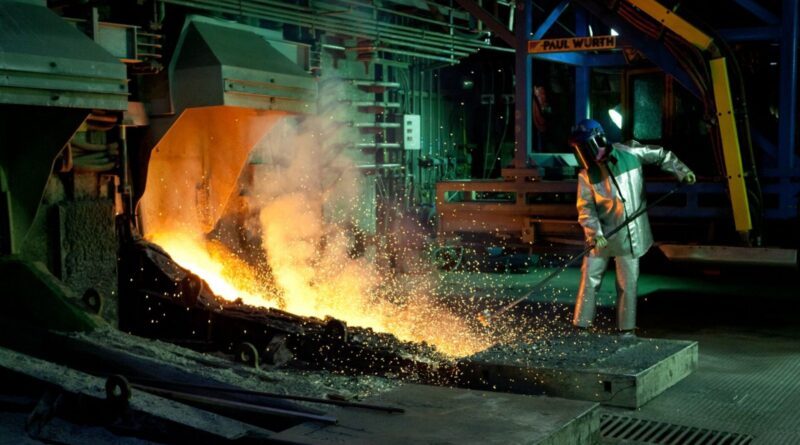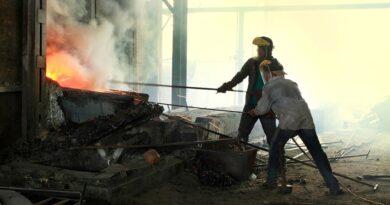China to reduce carbon intensity in metal smelting
China has pledged to reduce carbon intensity by 60-65% compared to 2005 figures by 2030, and be carbon neutral by 2060. To achieve these goals, policies and plans were announced in late 2021 with a strong focus on the energy consumption and emissions of energy-intensive industries, including metal smelting.
Chinese producers are already starting to relocate their smelters away from city centres. As well as providing better access to clean energy sources and raw materials, relocation can also enable the combined treatment of residues from the smelting of different metals on one site. At the same time, new technology can be introduced to reduce residues and abate emissions, while older, more polluting processes can be abandoned. In addition, the industry will continue to see more M&A cross capacity scales, different technologies and even different metals as industries rationalise, resulting in just a few large groups or industrial clusters controlling metal production.
From a raw materials perspective, new governance standards will mean a preference for cleaner concentrate with lower levels of toxic heavy metals including arsenic, cadmium and mercury. Policies also target improving the recycling ratio of strategic metal resources and promoting the development of circular economy.




